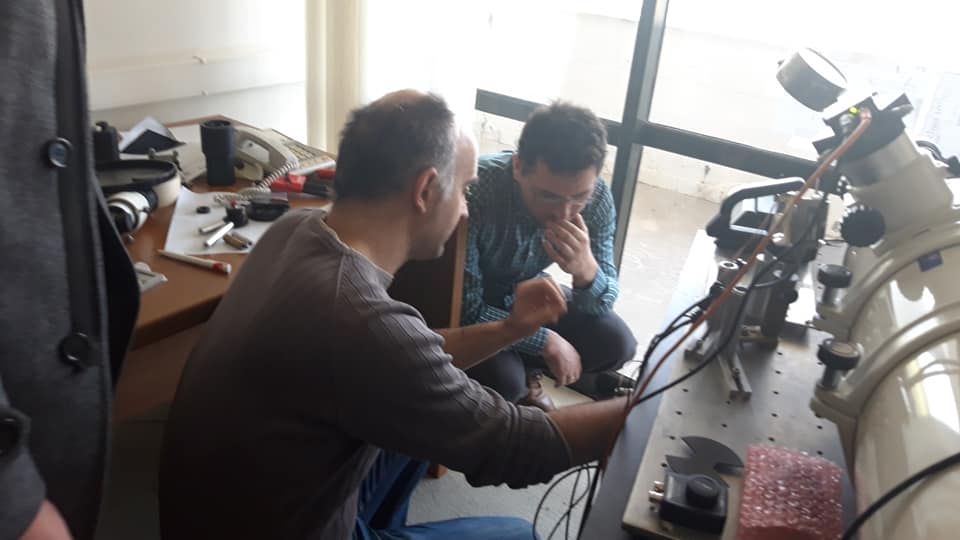The LIDAR devices

LIDAR-based instruments have been used for a long time in greenhouse gases monitoring however, wider use is hindered by their low autonomy level and high complexity.
ClimaMED project developed a compact, robust, fully autonomous, ground-based, integrated path-differential-absorption-light-detection and ranging (IPDA LIDAR) system that is capable to measure greenhouse gases concentrations in the atmosphere based on continuous-wave lasers. The device is equipped with three low optical power continues-wave DFB diode lasers for the detection of CO2, CH4 and N2O.
Initially, the beneficiaries designed and constructed a LIDAR laboratory prototype to determine the specifications of the components (laser, detectors, electronics, optics etc.). Measurements of GHGs were carried out at laboratory scale to validate the accuracy and reproducibility of the device. Furthermore, laboratory tests also carried out in a sealed chamber concerning the GHG’s absorption and responsivity to the laser wavelengths. The beneficiaries worked also on calibration techniques and measurement quality protocols.

Thereafter, in May 2019, the first LIDAR system was installed for testing and adjustment at the pilot field in Heraklion, Crete. After testing and adjusting technical issues, also related to the power supply of the instrument components, the beneficiaries proceeded to the construction of 10 LIDAR systems, the installation of which at the pilot fields of the project started and is in progress.









